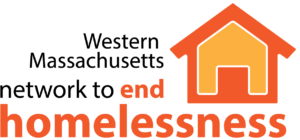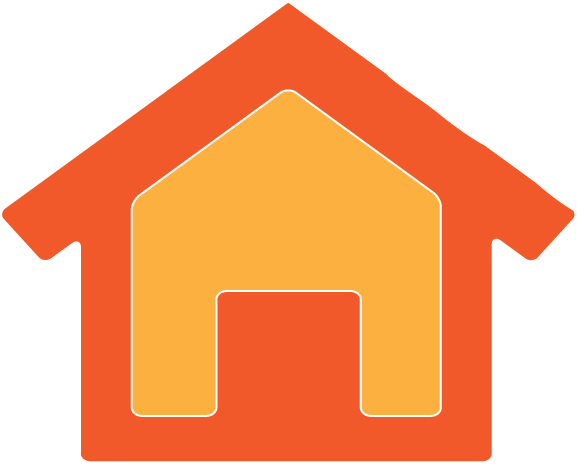Unaccompanied Homeless Youth Meeting
July 12, 2017
In attendance: Yoshi Bird, YWCA, Pamela Cook, Gandara SHINE, Emily English, Gandara Center, Rosemary Fiedler, HCC Thrive Center, Courtnee Godbolt, Friends of the Homeless, Lisa Goldsmith, DIAL/SELF, Sharon Hall-Smith, Gandara Center, Natalia Hill, Gandara, Sarah Hills, Eliot CHS, Charles Knight, Rainville, Jacqueline Lozada, River Valley Counseling Center, Kim Majewski, Gandara, Gerry McCafferty, City of Springfield, Justin Mehl, BHN, Rebecca Muller, GrantsWork/Gandara, Jenniefer Murphy, YWCA, Emily Nolan (by phone), HUD TA, LaRue Pierce, STCC, W. Keith Rhone, FOH/CSO, Katherine Robles, River Valley, Pamela Schwartz, Network, Mark Watkins, Gandara, Rhonda Young, CHD
FY18 Budget Update:
Pamela reported the unfortunate news that the Conference Committee cut the youth services funding from $2 million to $675,000 for FY18. The Governor is now within the 10 day period to sign or veto budget items. The group discussed the remaining possibility of the Governor proposing a supplemental budget in FY18 to close this funding gap (which is what occurred for part of the funding in FY17). Pamela will keep the group posted on funding developments as they arise.
Also, please click here for the complete list of Network priorities and how they fared in the FY18 Conference Committee budget.
HUD Technical Assistance Session on Youth Services Funding:
We were joined by phone Emily Nolan, a HUD TA provider based in Seattle, who is providing 32 hours of HUD funded TA services to the Hampden County CoC in support of its efforts to apply for the next round of HUD youth funding. The CoC applied in last year’s round and scored high enough to qualify for this TA. The goal according to Emily is to help the CoC think through its application for this coming round, first confirming it wants to apply and then using this time to analyze the strengths and weaknesses of its last application and what it can learn from both that and other communities’ efforts.
The logistics: HUD will be funding 11 CoC’s for approximately $43 million in total funding; 5 funded communities must be rural. The application will be released in Sept/October and due in December.
Emily noted the strategic aspect of applying as a rural vs. urban community (urban more competitive; may be worth considering if expanding scope of region strengthens application). However, it was also noted that in view of HUD funding only 11 programs nationwide, 2 separate applications from this region would not be a successful strategy.
HUD’s primary criteria for this initiative:
- Youth engagement: how is the CoC empowering youth to be involved in the decision making; how are their voices being heard in what they think will help them be most successful
- Innovative ideas: what does that mean for our community; what will make a meaningful difference
- Coordinated approach: how is the effort tied to the over-arching goal of building a coordinated entry system; who are we engaging and bringing to the table in this effort, e.g., child welfare, juvenile justice, schools, new community members, low-barrier transitional housing resources
- Data development: how well do we know our data, understand the gap within our system; what are the true numbers and how are they informing a right-fit intervention
- Learning from other communities: how are we gaining from best practices across the country, e.g., Austin, LA, Cleveland and their significant progress on youth engagement
Emily is available to help connect us to peer learning and other best practice resources.
Data Discussion:
Emily reported that the CoC’s application received lower scores on data and evaluation. She suggested reviewing:
- how are we acquiring and analyzing data across systems, e.g., child welfare and juvenile justice systems – who is aging out, at risk of coming into the system; how are we creating capacity for a predictive analysis in order to create front-end interventions
- how are we closing data collection gaps for non-HMIS providers, ensuring all relevant data gets into HMIS regardless of program’s funding source
- how are we connecting with the school population above and beyond McKinney-Vento liaisons
- how is our data stored and maintained and how is it being utilized on an ongoing basis
- how are our by-name lists – youth, veterans, chronically homeless – being integrated and managed so that the information is streamlined and available across populations
In summary, the CoC must demonstrate: the breadth of its information, how it is shared, and how it is used to make its funding and programmatic decisions.
The group brainstormed various action steps:
- Further outreach with DCF and DYS, Safe and Successful Youth Initiatives (SSYI) in Holyoke and Springfield
- Further outreach with DEES (Sarah Slautterback) re: training school staff on data input
- Further outreach to mental health and substance use providers (e.g., Gandara’s new Cornerstone program)
- Outreach to Westfield State College staff person Jennifer Propp who is working on homeless youth data collection
- Further outreach to LGBTQ programs
- Further review of the non-homeless providers – who is missing
Youth Engagement Discussion
Youth engagement was another area on the CoC’s previous application that requires attention. Emily noted the criteria for meaningful youth engagement include:
- Engaging with youth at the very start of the process
- Keeping youth at the table all the time (experience with separate “youth advisory councils” have proven less effective at full engagement)
- Ensuring youth are an active and critical part of the decision making process
Strategies for achieving these goals include:
- Scheduling meetings at a time and place that are conducive to youth involvement
- Treating youth participation as a paying job
- Training both youth and adults in what it means to do business differently so that youth engagement is a top priority
Lisa Goldsmith noted that DMH has an excellent youth committee model (based in Boston) that could be helpful for us to explore as an example.
The group committed to pursuing these strategies. Towards that end, the next meeting of this committee will be:
Tuesday, August 8
4 pm – 5 pm
River Valley Counseling Center (Holyoke SSYI program)
67 Jackson Street, Suite 201
Holyoke
Thanks to Jacqueline Lozada of the Holyoke SSYI program for offering her space.
Gerry will be following-up with others regarding action steps as listed above prior to the next meeting.
The group agreed that these Committee meetings will be utilized in the coming months (until application submission) to develop the strongest possible application which in effect is to develop the strongest possible response to youth at risk of or experiencing homelessness, a response that can benefit the entire Western region.

